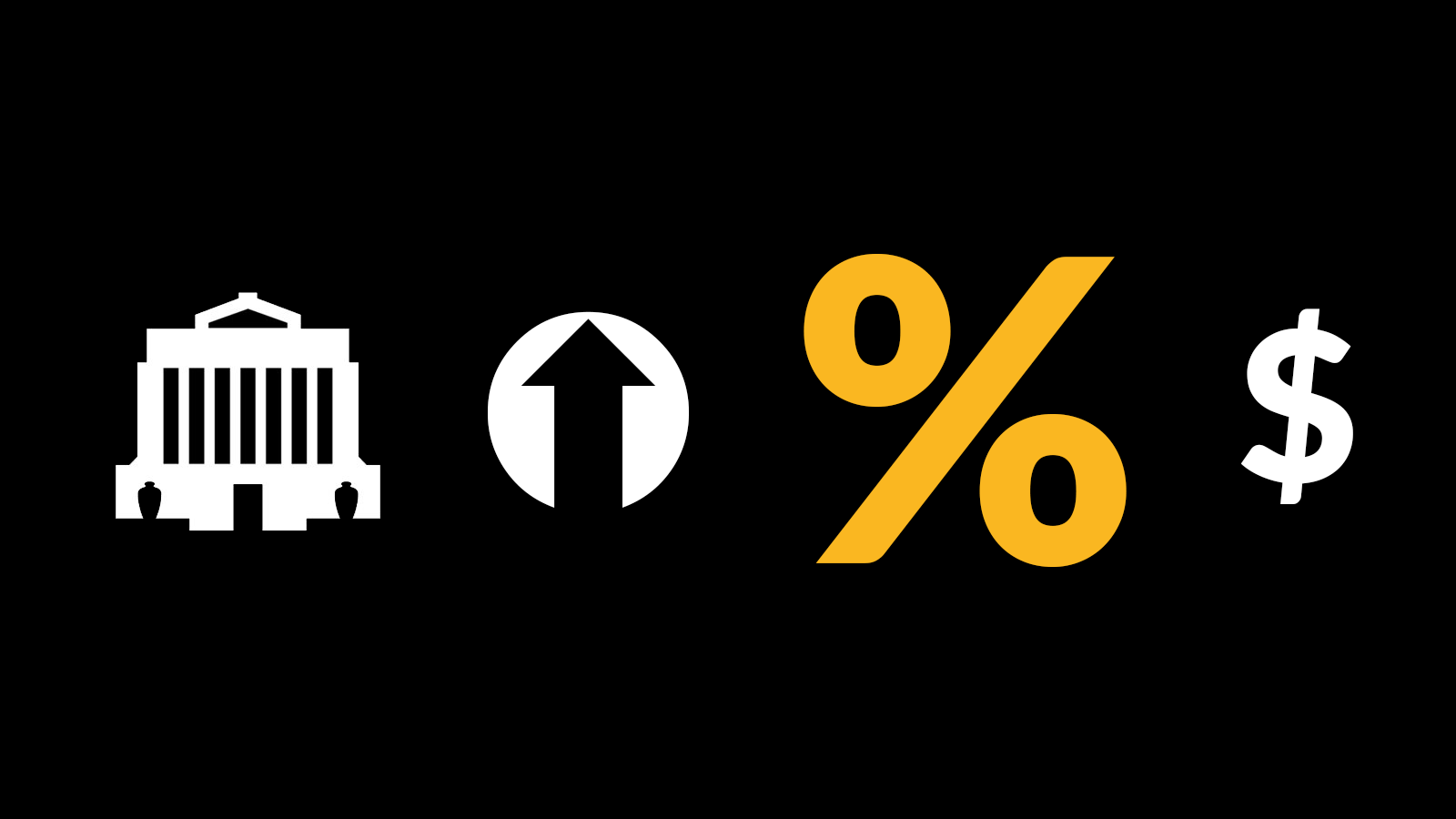
Interest Rates Likely to Rise
Co-ops carry debt for a few reasons: they may still be paying off their original mortgages for construction and land acquisition; they may be borrowing to secure a new lease; or they may undertake significant capital renewals (like new envelopes or parkade membrane replacements) that trigger borrowing. Whatever the reason for having debt, interest rate trends are worth keeping an eye on.
The Bank of Canada has kept its key benchmark rate at 0.25% — the lowest rate in its history — for the duration of the COVID-19 pandemic to date. It also printed money to buy bonds, corporate debt, and mortgages in an effort to support the economy. With the consequences of the pandemic shifting, inflation is becoming more of a concern. We’ve seen a rapid increase to an 18-year high, due to monetary stimulus and global supply bottlenecks. The Bank of Canada recently announced an end to its quantitative easing program and is expected to raise interest rates six to eight times over the next two years:
“We remain committed to holding the policy interest rate at the effective lower bound until economic slack is absorbed so that the 2 percent inflation target is sustainably achieved. In the Bank’s projection, this happens sometime in the middle quarters of 2022.”
— Bank of Canada Press Release, 2021-10-27
This change of monetary policy will have a significant impact on everyone — but particularly those with debt, and that includes those housing co-ops facing re-financing or new debt to make capital renewal projects possible. It is worth noting that in a five-year fixed-term mortgage, an interest rate increase of 1% (from 3% to 4% on a 25-year amortization) means a monthly payment increase of approximately 11%.
Co-ops can’t really control interest rates, but they may have some flexibility on timing and locking in rates. Some lenders are already contemplating and implementing changes to their rate structures. Co-ops intending on borrowing may find it worthwhile to consider advancing their plans or look at securing longer terms.
Note: when looking at interest rates, remember that the relevant comparisons are with commercial lending rates, not the rates for individuals borrowing against homes for which they’re the registered owner that you’ll typically find advertised.